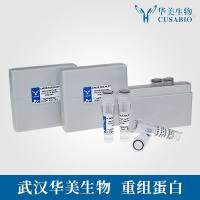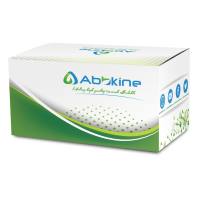An important aspect of the function of immune phagocytes (i.e., neutrophils) is the killing of infecting microorganisms. This is achieved, after phagocytosis of the microbe, by activation of an NADPH-oxidase, which reduces oxygen to the superoxide ion in the phagosome. This has three effects. First, the superoxide that is generated is highly reactive and will react with the proteins of the ingested microbe. Second, the superoxide will dismutate to form peroxide, which is a substrate for the abundant granular protein, myeloperoxidase (
see Table 1 ). The action of myeloperoxidase generates other reactive oxygen-containing species, including hypochlorite (
see Table 1 ), which is also toxic for the microbe. Third, the vectorial addition of an electron to oxygen results in a decrease in H
+ ions and an elevation of intraphagosomal pH. The activity of the neutral proteases within the granules, which are initially inactive because the intragranular pH is low (about pH 4.0), is released, thus further increasing the killing environment within the phagosome. The importance of the neutrophil oxidase in combating infection is dramatically demonstrated by Chronic Granulomatous Disease (CGD), in which the oxidase fails to activate, either because of a mutation in the oxidase or because of a mutation in a signaling component (
1 ). In this congenital condition, the patient is prone to infections that are ultimately fatal. It could be argued that the “purpose” of all the other neutrophil activities (such as adherence to endothelium, extravasation, chemotaxis, and phagocytosis) is to bring the oxidase molecule to the correct place to be effective in the killing of bacteria.
Table 1 Myeloperoxidase Actions
|
Source
|
Enzyme
|
Product
|
Reaction
|
|
O2
|
oxidase
|
O2 − (superoxide)
|
O2 +e − →O2 −
|
|
O2 −
|
Spontaneous superoxidase dismutase
|
H2 O2 (peroxide)
|
O2 − +O2 − →O2 = + O2 (at physiol pH O2 =+2H+ ↔H2 O2 )
|
|
H2 O2
|
peroxidase
|
OCl− (hypochlorite)
|
H2 O2 +Cl− →OCl− +H2 O
|







